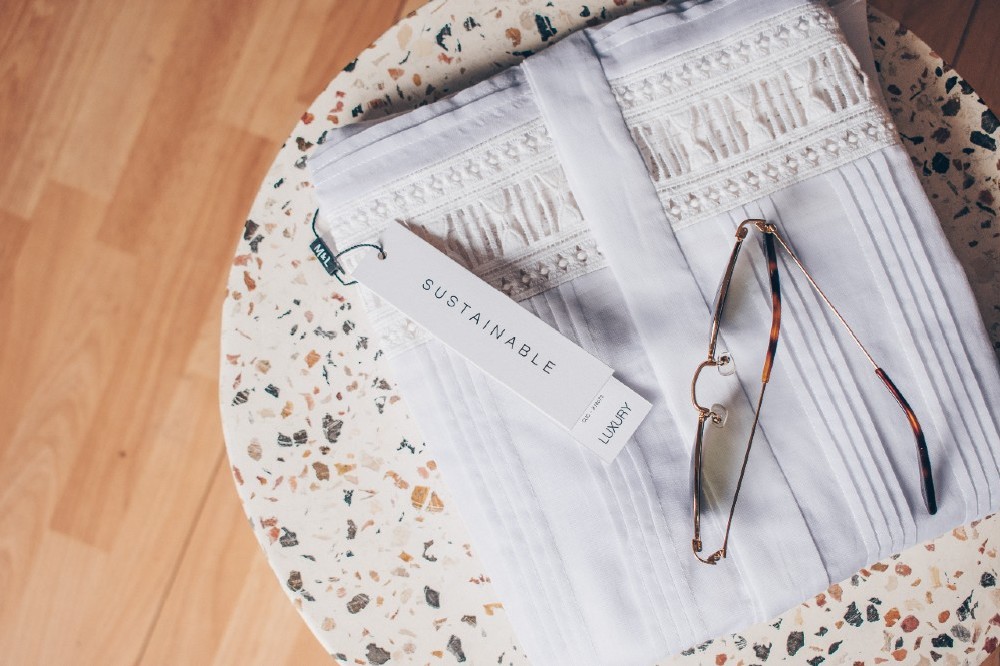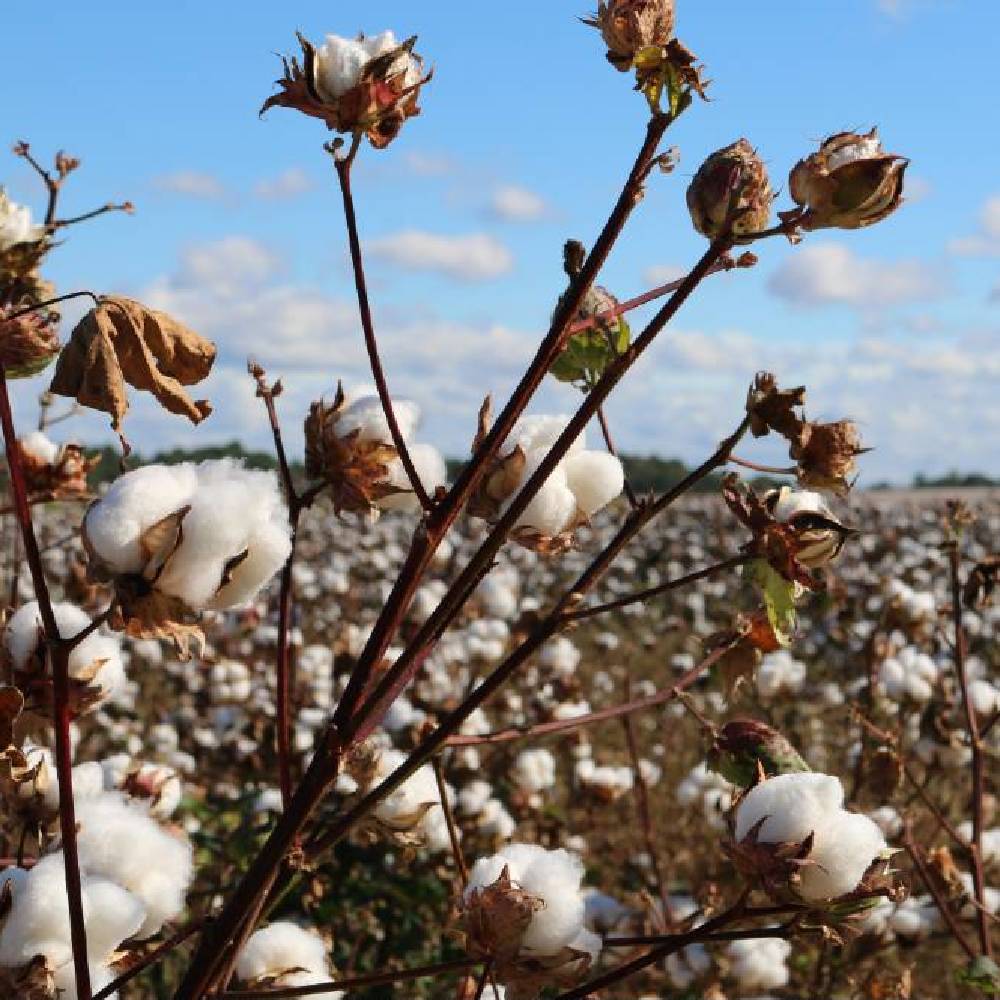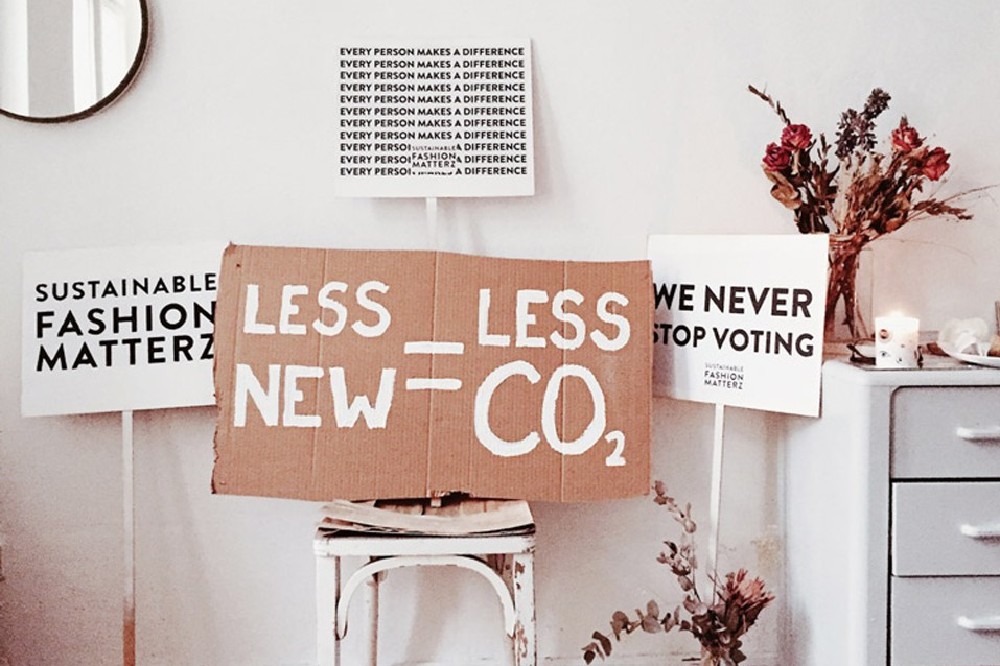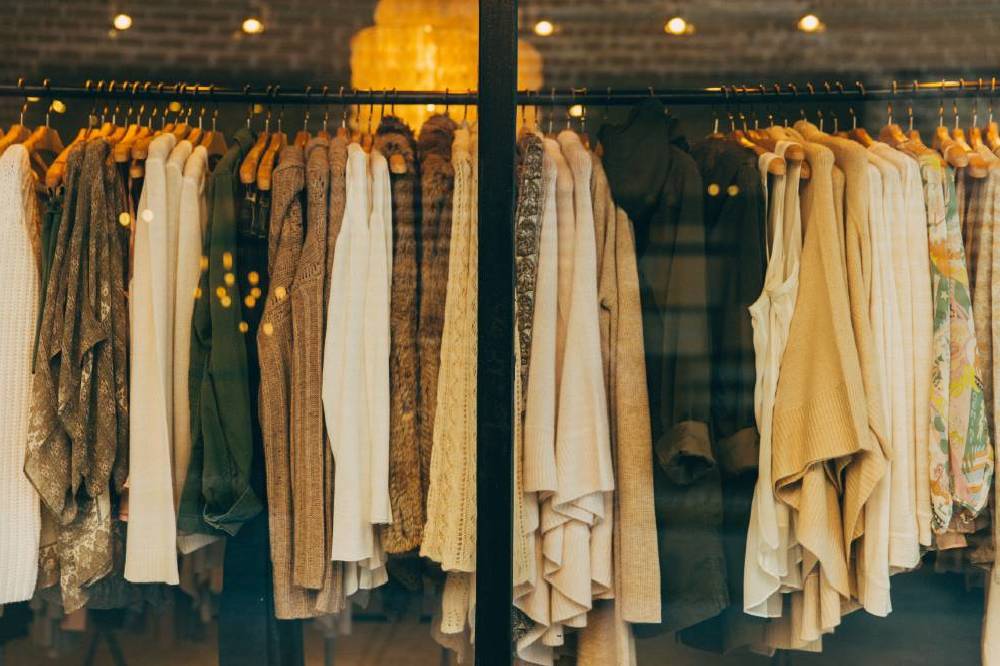Sustainability has only become a buzzword in the fashion world in the last few years, but it's without doubt the most important trend you'll ever hop on. Here we look at some of the key ways you can keep your wardrobe as eco-friendly as possible.

Photo Credit: Unsplash
How to shop sustainably
Look for sustainability statements
Pretty much all your favourite stores will have a sustainability statement in the company information section of their website - and if they don't, you want to avoid them like the plague.
But a sustainability statement doesn't necessarily indicate that products bought from that site will be responsibly sourced. For the most part, they'll merely state action plans and throw out percentages of recycled/sustainably-sourced materials from across the store and you won't know how representative they are of the actual products you buy.
MORE: Stella McCartney recently unveiled a sustainable capsule collection
To make it a little easier, here are the things you want to look at:
1. Compare the short- and long-term aims between a handful of sites to get a clear indication of the brand's dedication. If one brand's long-term goals are the same as another's short-term goals, you'll know which is more pro-active in their sustainability journey.2. Check that they're updated. If they have aims like "increase 25% recycled polyester by 2020" when it's already 2021, you'll know that reviewing their sustainability targets isn't their number one priority - and it really ought to be.
3. Reflect on their commitments to sustainable packaging. Many claim to use packaging made out of recycled plastic, but this is no good if the packaging isn't easy for the consumer to then recycle at home. Paper and cardboard packaging, meanwhile, can be easily thrown into the household recycling bin.Look for sustainable materials
You don't have to be aware of all the ways fashion can be unsustainable, but sites that signpost their sustainable options are ones to look it. Look for products that boast materials like 100% organic cotton and hemp, for example.
Cotton is the most used non-synthetic fibre so it's important that this is sourced as sustainably as possible. Organic cotton is farmed without toxic chemicals that affect biodiversity, the environment, water supply and global warming, as well as put farmers and their families at risk. Plus, organic cotton can be grown amongst other crops which reduces deforestation.

Meanwhile, hemp is a hugely sustainable fibre for clothes, being densely growing (yielding up to 220% more fibres than cotton) and naturally pest-resistant. Plus, it purifies the soil it's grown in, grows very fast and needs little water, and is one of the most durable natural fibres out there.
Another option that is fairly new to the world of fashion is mushroom leather. Real leather is quickly losing its appeal in a more sustainable world as more and more turn on to vegan leather - and while reducing our consumption of animal products is desirable, vegan leather isn't always a sustainable option when it's made from plastic.
Mylo Unleather is a trademarked product which creates leather-like material from mycelium, which is the underground thread-like structure of a fungus. It's created in the Netherlands using eco-friendly vertical farming techniques.
Synthetic materials can also be sustainable options. Look for brands that use deadstock fabric, reclaimed vintage, and Post-Consumer Waste (PCW) materials like recycled polyester from plastic bottles, since this is the most commonly used fibre in clothing manufacturing.
Allow sustainability to stretch to accessories too. Jewellery made from recycled metals is everywhere nowadays, while lab-created diamonds are being favoured over real diamonds (though be sure to check that the laboratories in question use 100% renewable energy).
Quality over quantity
Sustainable fashion isn't just about using recycled products and sustainable materials though. It's about shopping smart; only buying things you're sure you'll wear on a number of occasions, and not buying things on a whim.
When it comes to shopping, don't be stingy. Fast fashion is, of course, a huge financial convenience for most - but how long do these items actually last? And how many pieces from that last huge budget haul have you actually worn?

Spending more money is a sure-fire way of making sure you're completely invested in a piece - which means you're more likely to wear it (or more likely to send it back if it isn't right, instead of letting it sit in your wardrobe until you eventually decide to throw it out).
The fact is, creating sustainable fashion costs money; it's harder to produce environmentally-sound materials and when fair labour is involved, costs go up. Make your wardrobe quality over quantity, opt for small boutiques and independent businesses with a strong eco-friendly ethos, and you'll have longer-lasting pieces that will erase the need for essential shopping too soon in the future as well as doing your bit for the planet.
Budget sustainability
If you are on a budget, however, it's time to stop shying away from used clothes, because second-hand isn't just a cost-cutting venture anymore. If you're not a charity shop sort of person, vintage fairs are a fun way of picking up interesting items (including designer pieces) and often you pay by the kilo rather than for individual items, which means you get a lot more for your money.
Then there's sites like eBay and Depop which hardly need any introduction, as well as Vinted, Wallapop and Thrift+. The list is literally endless.

It's also possible to commit to a more sustainable style without spending a single penny. We're willing to bet that there's a Facebook page dedicated to giving away free stuff in your area, but if you're a bit squeamish about wearing strangers' clothes, another way of doing so is arranging swap parties with friends. It's literally a case of bagging up your unwanted gear and getting your friends to bring theirs so that you can get new clothes without compromising wardrobe space or your bank account.
If you change your style regularly, another option is peer-to-peer wardrobe rentals via platforms like ByRotation. It's not always cheap to rent an item, but compared to the purchase price of some of these items, you could save yourself a fortune in designer pieces.
There are so many ways to make sustainability a priority when it comes to your wardrobe, no matter what your budget. So as social occasions start to fill up your calendar again, think about making your image a planet-saving one.
Tagged in fashion eco-friendly

